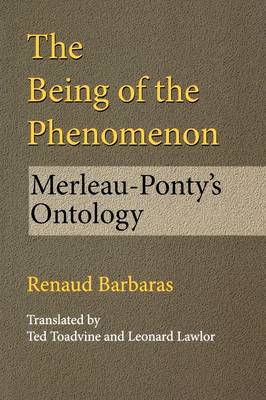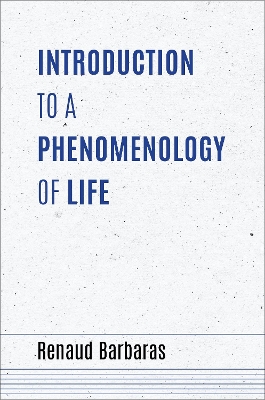Studies in Continental Thought
2 total works
Renaud Barbaras's De l'etre du phenomene: l'ontologie de Merleau-Ponty, published in 1991, is considered one of the most powerful and complete elaborations of Maurice Merleau-Ponty's thought. Almost single-handedly, Barbaras has been responsible for reviving current interest in Merleau-Ponty's works. In the first English translation of this important and influential work, Ted Toadvine and Leonard Lawlor present Barbaras's rich and profound analysis of the history of Merleau-Ponty's philosophical development from Phenomenology of Perception to The Visible and the Invisible. Toadvine and Lawlor's translation communicates the subtle thought of the original with accuracy and elegance. A translators' introduction situates Barbaras in contemporary philosophical debates and develops his guiding insights into Merleau-Ponty's thought. The Being of the Phenomenon opens European post-structuralism to further study and is certain to inspire new thinking about the origins of Merleau-Ponty's phenomenology.
In Introduction to a Phenomenology of Life, renowned French philosopher Renaud Barbaras aims to construct the basis for a phenomenology of life. Called an introduction because it has to deal with philosophical limits and presuppositions, it is much more, as Barbaras investigates life in its phenomenological senses, approached through the duality of its intransitive and transitive senses.
Originally published in French (Introduction à une phénoménologie de la vie) Introduction to a Phenomenology of Life first defines the problem of life phenomenologically, then studies the failures of the phenomenological movement to adequately think about life, and finally elaborates a new, original, and productive approach to the problem.
Combining original interpretations and expert readings of philosophers such as Heidegger, Henry, Bergson, and Merleau-Ponty, Barbaras offers a powerful and important contribution to phenomenology and continental thought.

